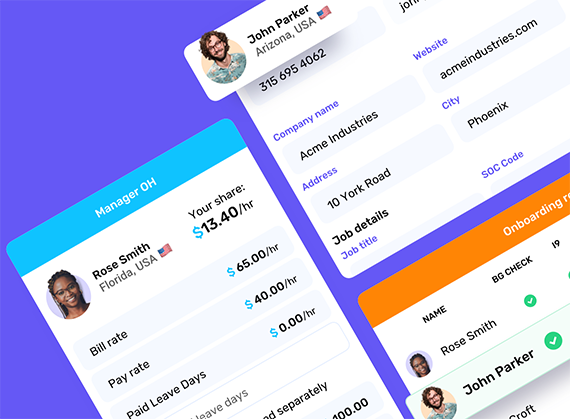As the federal government and state agencies crackdown on businesses that misclassify employees as independent contractors, it is increasingly important that companies correctly classify their workers. But there is no standard regulation for what constitutes a legal independent contractor. This series will examine the different tests and guidance used by the multiple federal and state agencies to determine if workers can be considered independent contractors.
If a worker is a W-2 employee, they are subject to the Fair Labor Standards Act (FLSA), which includes the overtime regulations. If a worker is an independent contractor, the company doesn’t have to pay overtime. But a company can’t classify a worker as an independent contractor simply to avoid this extra cost.
We discussed how the IRS looks at several factors it divides into three categories (behavior control, financial control, type of relationship) to determine the degree of the company’s right to control when determining the proper worker classification. To determine what factors the Department of Labor considers, we instead must turn to its Fact Sheet #13: Employment Relationship Under the Fair Labor Standards Act (FLSA).
The DOL considers a worker to be an employee, not an independent contractor, if that person is, “as a matter of economic reality,” dependent on the business that is being served. While the Supreme Court has held that no single rule or test determines a worker’s status, there are some factors it considers to be significant:
- The extent to which the services rendered are an integral part of the principal’s business
- The permanency of the relationship
- The amount of the alleged contractor’s investment in facilities and equipment
- The nature and degree of control by the principal
- The alleged contractor’s opportunities for profit and loss
- The amount of initiative, judgment, or foresight in open market competition with others required for the success of the claimed independent contractor
- The degree of independent business organization and operation
So we’ve now discussed what factors are considered when determining a worker’s classification for both tax and FLSA purposes, but we’re not done. States may consider different factors when determining whether an worker is an employee or independent contractor for issues such as workers’ compensation and unemployment. We will tackle state guidance in our next blog post in this series regarding the FLSA and contract staffing.
This article is for informational purposes only and should not be considered legal advice.





